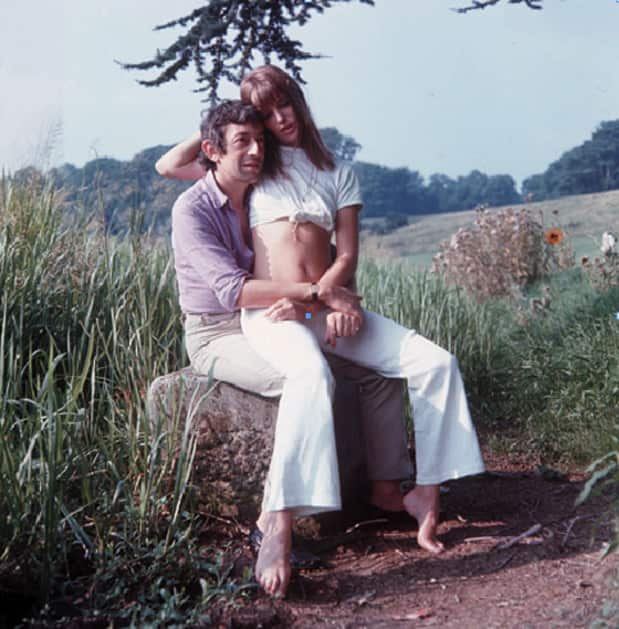From FADER #61, our revisitation of Serge Gainsbourg and Jane Birkin's classic psych-funk sex romp, Histoire de Melody Nelson, available now from Light In The Attic.
In 1969, French songwriter Serge Gainsbourg and his British actress girlfriend Jane Birkin recorded “Je T’aime… Moi Non Plus” (translation: “I Love You… Me Neither”), a song he’d written a year before for his then-girlfriend, international sexpot Brigitte Bardot. At the end of “Je T’aime”’s undulating three minutes, Birkin appears to have an orgasm. The duet, unsurprisingly, was censored and banned across Europe and publicly denounced by the Vatican. It also sold seven million copies. Thus began the fruitful and scandalous life, both artistic and romantic, of the 36-year-old Gainsbourg and 19-year-old Birkin. Thus also began Gainsbourg’s career as cult hero to generations of young men who seek to make art as a means to seduce young women.
Two years after “Je T’aime,” emboldened by its success, the couple recorded their second album together, Histoire de Melody Nelson. The first time you hear it—the strutting bass lines, swaggering riffs, swooning strings, crazy breakbeats and Gainsbourg’s gruff spoken word—the effect is woozy, like stumbling through time and reality into one of the swinging ’60s Antonioni films Birkin starred in, or just taking a shallow bubble bath in frothy pink LSD. Without translation, Gainsbourg’s smoky, mumbled French submerges deep beneath Jean-Claude Vannier’s deeply psychedelic orchestration, something that has made Histoire a favorite among sample freaks for a decade plus. But once the lyrics are known, Gainsbourg’s twisted genius is revealed.
The story of Histoire is stunningly smutty even today: a lonely older man driving his Rolls Royce Silver Ghost (incidentally the same model Gainsbourg owned) hits a young English girl named Melody (guess who) riding her bicycle, falls in love with her instantly, proceeds to deflower her in a brothel, lets her get on a plane back to England which crashes due to his sabotage and kills her, at which point the man spirits away to New Guinea to worship his eternal love with the “Cargo Culte.” Sick, deviant and perfectly attuned to Gainsbourg’s forebears, the Marquis de Sade and Vladimir Nabokov—who he’d previously approached to adapt Lolita as a conceptual album before learning it was already being filmed by Stanley Kubrick—Histoire is Gainsbourg’s singular gift to the canon of art that excuses perversion, allowing us vicarious decadence.
In an interview last year, Birkin told a story about their initial meeting and her rebuffed attempts to get Gainsbourg to dance at a party. When she finally convinced him, he stepped on her toes through the whole song. “It was then that I realised with a lurch in my heart that his showing off actually hid a man who was endearingly gauche,” she said. Histoire is that moment beautifully realized. It is the Dirty Old Man of France enabled by the nubile muse who understands the rudeness is just a guise.
-PETER MACIA
